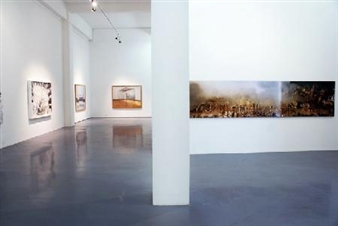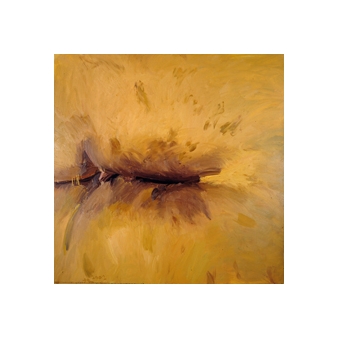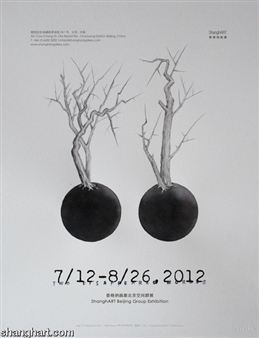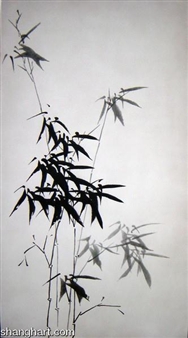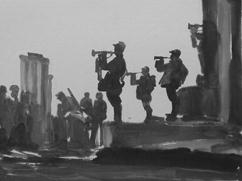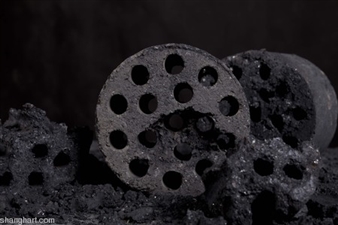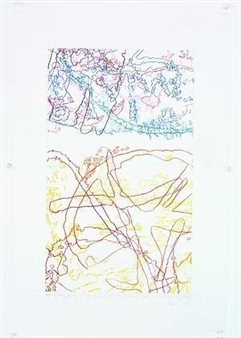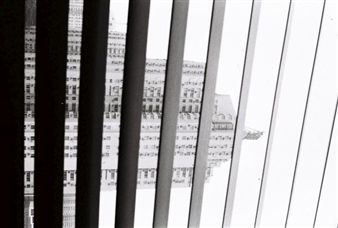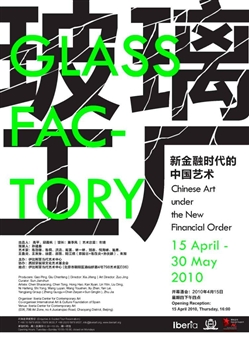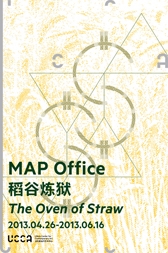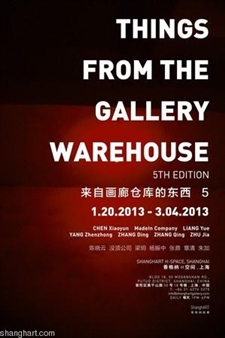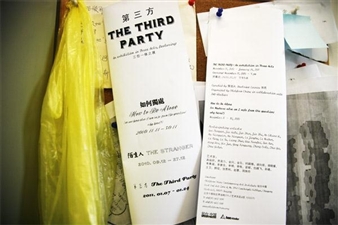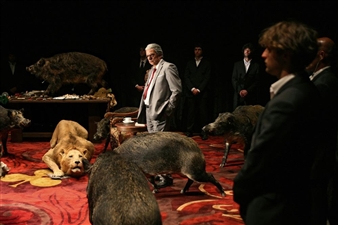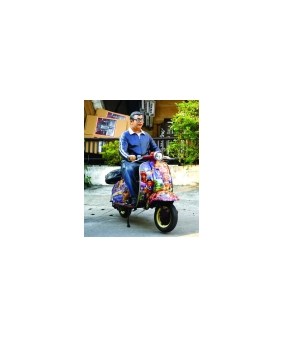Nina Canell: Reflexology

Leo Xu Projects, Shanghai, Shanghai, 11/09/2016 - 01/15/2017
Fuxing Xi Road, Lane 49, Building 3
Nina Canell: “Reflexology” is the first solo exhibition of Berlin-based artist Nina Canell (b.1979, Sweden) to take place in China. Set across all three floors of the gallery space, Canell’s characteristically concise sculptural works of found and functional objects explore the often-overlapping networks and natural phenomena that surround us, probing the connections between material objects and immaterial forces. For this exhibition, Canell presents a series of new and recent works, incorporating site-specific elements and objects that have been sourced locally in Shanghai.
Taking the practice of reflexology as her starting point, Canell uses the exhibition format to investigate how the varying meanings of the term might be interpreted through the relationship between the work and its viewer.
The artist has provided textual insight to her thoughts stating that “reflexology is the exhibition of appropriate pressure, an application to specific points and areas of association, intuition or ears. It is based on a number of zones and reflex areas that reflect the premise that contact effects a physical change to the body. If pathways are blocked, or if the balance between organs is interrupted, they prevent the infrastructure from functioning.” On the ground-floor Interiors (Attached) (2016), a new sound sculpture, produces white noise in the shape of artificial ocean waves. Intended as a relaxing sleeping aid, the internal wiring of the device that is known as a “sleep machine” is stranded on the outer end of a fitted carpet, partly attached to the wall. Occasionally blocked by a relay timer’s cycle, the work draws attention to the interruption of this silent joint interval. Here, to articulate the blocked pathway is in effect a reminder of the existence of the pathway itself – cutting short the seamless condition of a background ebb and flow.
As in the practice of reflexology, Canell’s work focuses on the outcomes or effects of an application of external shifts or pressures, whereby the process itself becomes the material of the work. Across her practice, we see a negotiation of the place and displacement of energy. In this sense, Canell’s sculptures may be seen less as fixed objects, and more as hosts that might act as a conduit or conductor for external events. This could be a temperature transfer as in the case of Free-Space Path Loss (2016), in which the iridescent fingerprints of previous encounters with the copper frame have been inscribed through heat, prompting an amalgamation of both presence and absence. Residues of energy, heat and human contact are also evident (but mutely withdrawn) in the group of works entitled Brief Syllables, which feature electricity, communication and signal cables sourced from Shanghai and Berlin during the summer of 2016, with origins that may have served to connect Pudong’s high rest network or perhaps to bring traders or thieves across both cities together. Severed from the ground and separated from their respective subterranean-subsea networks of electricity and communication, their hidden nature is compounded by a certain unthinkability in a digital, so-called wireless paradigm, as if they were improbable anachronisms. Canell points to the dissonance between functional materials and their immaterial connotations, to explore processes of human understanding or knowledge of our collectively extended nervous system.
In a more literal return to the theme of reflexology, aiming to consider these points of pressure and the nature of human intuition, Canell may be seen deliberately to press the viewer’s buttons, by challenging the manner in which one looks and sees. Softest Corner (2016) epitomizes the process of how our reflexes work; when faced with two juxtaposed copper pipes, that sit almost perpendicular yet slightly off kilter from one another, there is a natural desire to fill in the gap by joining up the line. Knowing that, Canell illuminates – quite literally – the path she knows the viewer is to take, forcing us to reflect on the way in which we react when set against determined points.
